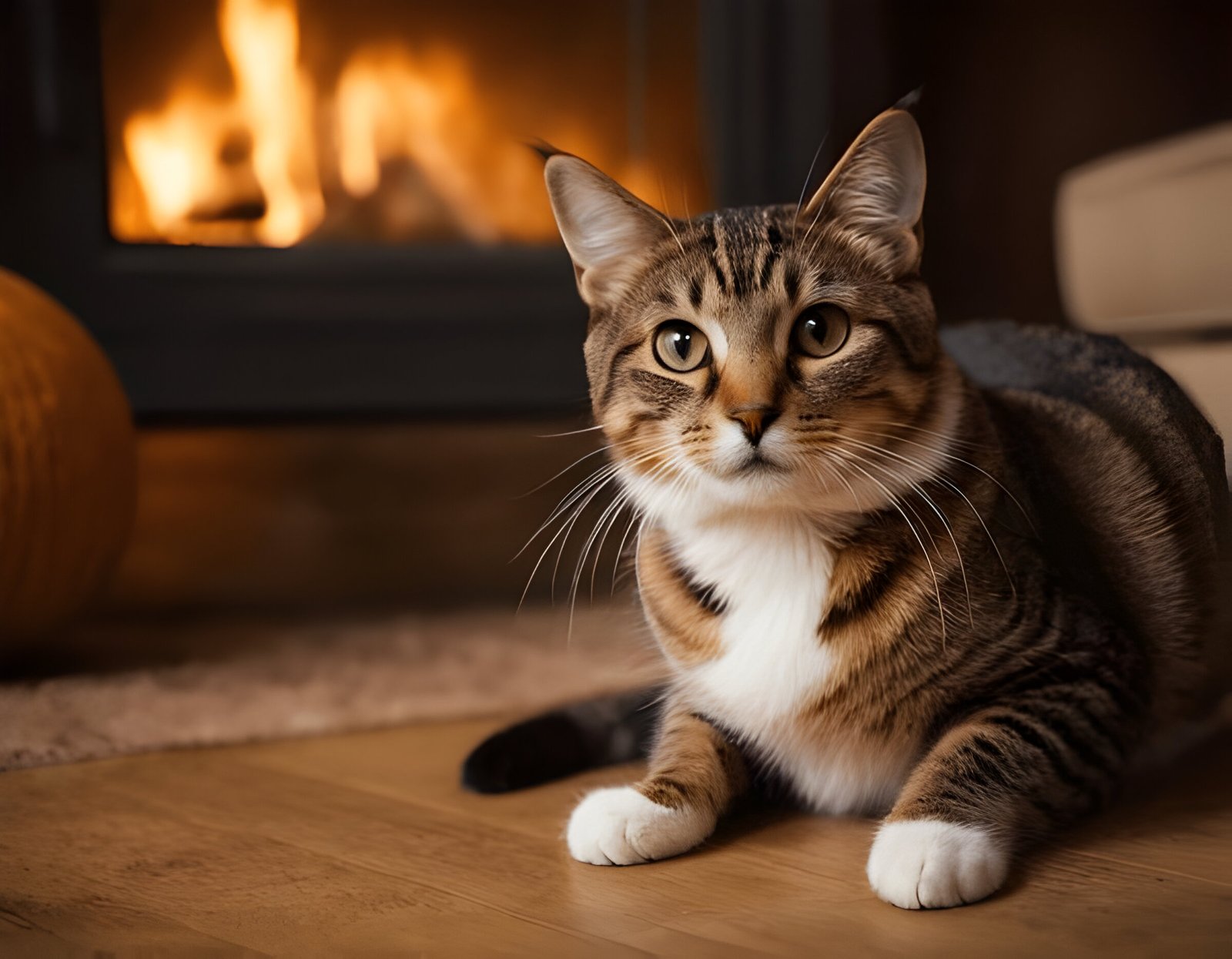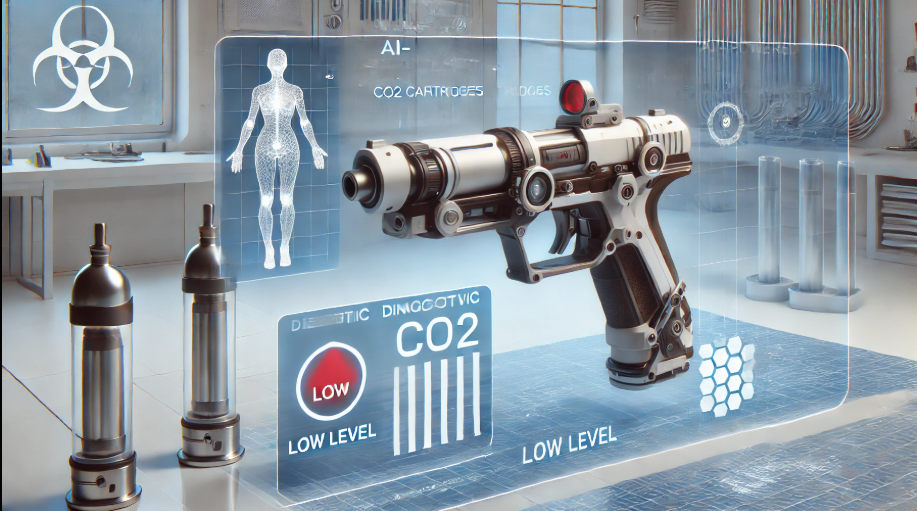Image Credit: Shutterstock
Dealing with a cat in heat can be challenging for pet owners. When female cats reach sexual maturity, they experience a heat cycle that can lead to restlessness, excessive vocalization, and other behavioral changes. Understanding how to calm a cat in heat is crucial for maintaining a peaceful home environment and ensuring the well-being of your feline companion.
This article explores effective strategies to soothe a cat during her heat cycle. It covers the basics of the feline reproductive cycle, methods to create a calming atmosphere, and physical comforting techniques. Additionally, it discusses long-term solutions like spaying and the importance of consulting a veterinarian. By applying these tips and tricks, cat owners can help their pets navigate this natural but often stressful period more comfortably.
Understanding the Cat Heat Cycle
The cat heat cycle, also known as estrus, is a natural reproductive process in female cats. This cycle typically begins when a cat reaches sexual maturity, usually between 4 to 12 months of age. The timing can vary based on factors such as breed, overall health, and environmental conditions.
Signs of a Cat in Heat
- Increased vocalization: Cats in heat often become more vocal, yowling or meowing loudly.
- Affectionate behavior: They may seek extra attention and rub against people or objects.
- Restlessness: Cats may pace, visit windows, or show signs of agitation.
- Mating posture: Female cats may lift their hindquarters and move their tail to one side.
- Excessive grooming: Particularly around the genital area.
- Spraying: Some cats may mark their territory by spraying urine.
Duration of Heat Cycles
- Each heat cycle can last from 1 to 21 days, with an average of 7 days.
- If not mated, cats typically enter a short resting period of about 7 days.
- The complete cycle can range from 1 to 6 weeks, averaging around 3 weeks.
- Cats are seasonally polyestrous, meaning they have multiple cycles during breeding season.
- In the Northern Hemisphere, breeding season usually runs from January to late fall.
- Indoor cats or those in tropical regions may cycle year-round due to consistent light exposure.
Health Risks of Frequent Heat Cycles
- Increased risk of pyometra (uterine infection)
- Higher chances of developing mammary and ovarian cancers
- Possibility of pseudopregnancy
- Nutritional deficiencies due to decreased appetite during heat
- Stress and exhaustion from frequent cycling
To prevent these risks and unwanted pregnancies, veterinarians recommend spaying cats that are not part of breeding programs.
Also Read: How to Stop Discord from Opening on Startup
Creating a Calm Environment
Providing Safe Spaces
- Designate a comfortable, private area for the cat in heat.
- Choose a quiet location, such as a cat tree or the top shelf of a closet.
- Furnish the space with the cat’s favorite bedding.
- Ensure the area is easily accessible to the cat when she needs peace and quiet.
Using Pheromone Diffusers
- Install pheromone diffusers in the home to reduce stress and anxiety.
- Select products specifically designed for cats, such as Feliway Classic or Feliway Multicat.
- Plug the diffuser into a wall outlet to disperse synthetic calming pheromones.
- Place diffusers in areas where the cat spends most of her time.
- Follow manufacturer’s instructions for safe and effective use.
Playing Calming Music
- Create a soothing atmosphere by playing relaxing music.
- Choose from classical pieces, smooth jazz, or ambient electronic music.
- Consider specialized “cat music” that incorporates feline vocalizations and frequencies.
- Play David Teie’s “Music for Cats” albums, which have shown positive results in calming cats.
- Use natural sounds, such as sea waves, to mimic soothing rhythms.
- Maintain a consistent, low volume to avoid overstimulating the cat.
By implementing these strategies, cat owners can create a calming environment that helps to reduce stress and provide comfort for their feline companions during heat cycles. The combination of safe spaces, pheromone diffusers, and soothing music can have a significant impact on the cat’s well-being and behavior during this challenging time.
Physical Comforting Techniques
Increased Petting and Brushing
- Provide extra attention to the cat during her heat cycle.
- Gently pet and brush the cat to release calming endorphins.
- Observe the cat’s body language for signs of comfort or agitation.
- If the cat appears receptive, continue petting; if not, give her space.
- Massage pressure points at the base of the tail to help her relax.
Using Warm Compresses
- Prepare a warm compress using a clean washcloth.
- Soak the washcloth in hot water and wring out excess moisture.
- Test the temperature on your cheek to ensure it’s comfortable for the cat.
- Apply the compress gently to the cat’s lower back for 5-10 minutes.
- Repeat the process several times a day to soothe sore muscles.
Offering Special Treats
- Select the cat’s favorite treats or try calming options like Marly & Dan Calming Treats.
- Offer treats as a comforting gesture during heat cycles.
- Use treats to reinforce positive behavior and create a soothing atmosphere.
- Consider treats with natural calming ingredients such as chamomile or valerian.
- Consult a veterinarian before introducing new dietary supplements.
By implementing these physical comforting techniques, cat owners can help alleviate stress and provide relief for their feline companions during heat cycles. It’s essential to pay attention to the cat’s individual preferences and adjust the approach accordingly. Some cats may prefer extra attention, while others might need more space. The combination of gentle petting, warm compresses, and special treats can create a supportive environment for cats experiencing the challenges of estrus.
Long-Term Solutions
Benefits of Spaying
- Spaying a cat provides numerous health benefits:
- Reduces the risk of mammary cancer, especially when done before the first heat cycle
- Prevents pyometra, a potentially life-threatening uterine infection
- Eliminates the risk of uterine and ovarian tumors
- Increases overall life expectancy
- Behavioral benefits include:
- Elimination of heat-induced behaviors like howling and excessive affection
- Reduction in urine marking and the desire to wander
Best Age for Spaying
- The ideal time for spaying is before sexual maturity, typically between 4-6 months of age.
- Early spaying (8-12 weeks) is becoming more common, especially in shelters:
- Prevents accidental pregnancies
- Simplifies the surgical procedure
- Has no significant negative impact on behavior or health
- Veterinarians recommend spaying before the first heat cycle, which can occur as early as 4-5 months.
Post-Surgery Care
- Monitor the cat closely for the first 12-24 hours after surgery:
- Watch for signs of excessive bleeding or urination issues
- Ensure the cat begins eating within 24 hours
- Follow these post-operative care instructions:
- Keep the cat indoors and limit activity for 7-10 days
- Check the incision site daily for signs of infection
- Administer any prescribed medications as directed
- Maintain a clean environment, including the litter box
- Contact the veterinarian immediately if you notice:
- Reopening of the incision
- Signs of infection (redness, swelling, discharge)
- Lethargy, decreased appetite, or vomiting
By following these guidelines, cat owners can ensure a smooth recovery and maximize the long-term benefits of spaying their feline companions.
Conclusion
Navigating a cat’s heat cycle can be a challenging experience for both feline and owner. The strategies discussed in this article provide a comprehensive approach to help calm a cat in heat. By creating a soothing environment, offering physical comfort, and understanding the underlying biological processes, pet owners can make this natural phase more manageable. It’s crucial to remember that each cat may respond differently to various techniques, so patience and observation are key to finding the most effective methods for your furry friend.
For long-term solutions, spaying remains the most reliable option to prevent heat cycles and their associated challenges. This procedure not only eliminates heat-related behaviors but also has an influence on overall feline health and longevity. While the decision to spay is personal, consulting with a veterinarian can provide valuable insights to help pet owners make informed choices about their cat’s reproductive health. Ultimately, the goal is to ensure the well-being and comfort of our feline companions throughout their lives.
Also Read: How to Stop Discord from Opening on Startup
FAQs
- How can I quickly alleviate my cat’s heat symptoms?
- Engaging your cat with stimulating toys that mimic hunting can distract her from her mating instincts, potentially easing her symptoms of heat.
- What is the typical duration for a cat’s heat cycle?
- A cat’s heat cycle usually lasts about seven days but can vary from 1 to 21 days. If not mated, she will temporarily go out of heat for about 7 to 19 days before the cycle repeats.
- How can I keep my cat cool during hot weather?
- Ensure your cat stays hydrated, provide ice treats, use ice cubes for play, offer shaded areas, utilize cooling mats or ice packs, and keep your cat groomed. It’s also wise to limit outdoor activities during extreme heat.
- Does being in heat cause pain to cats?
- Being in heat is not typically painful for cats, but it can make them feel unsettled and uncomfortable, as they are driven by their instincts to find a mate.
- What are some comforting techniques I can use for my cat in heat?
- You can try increased petting, brushing, using warm compresses, and offering special treats to comfort your cat during her heat cycle.
- What are the long-term solutions for managing a cat in heat?
- Spaying your cat is a beneficial long-term solution. It not only helps in controlling the pet population but also reduces the risk of certain health issues.
Also Read: How to Stop Discord from Opening on Startup




